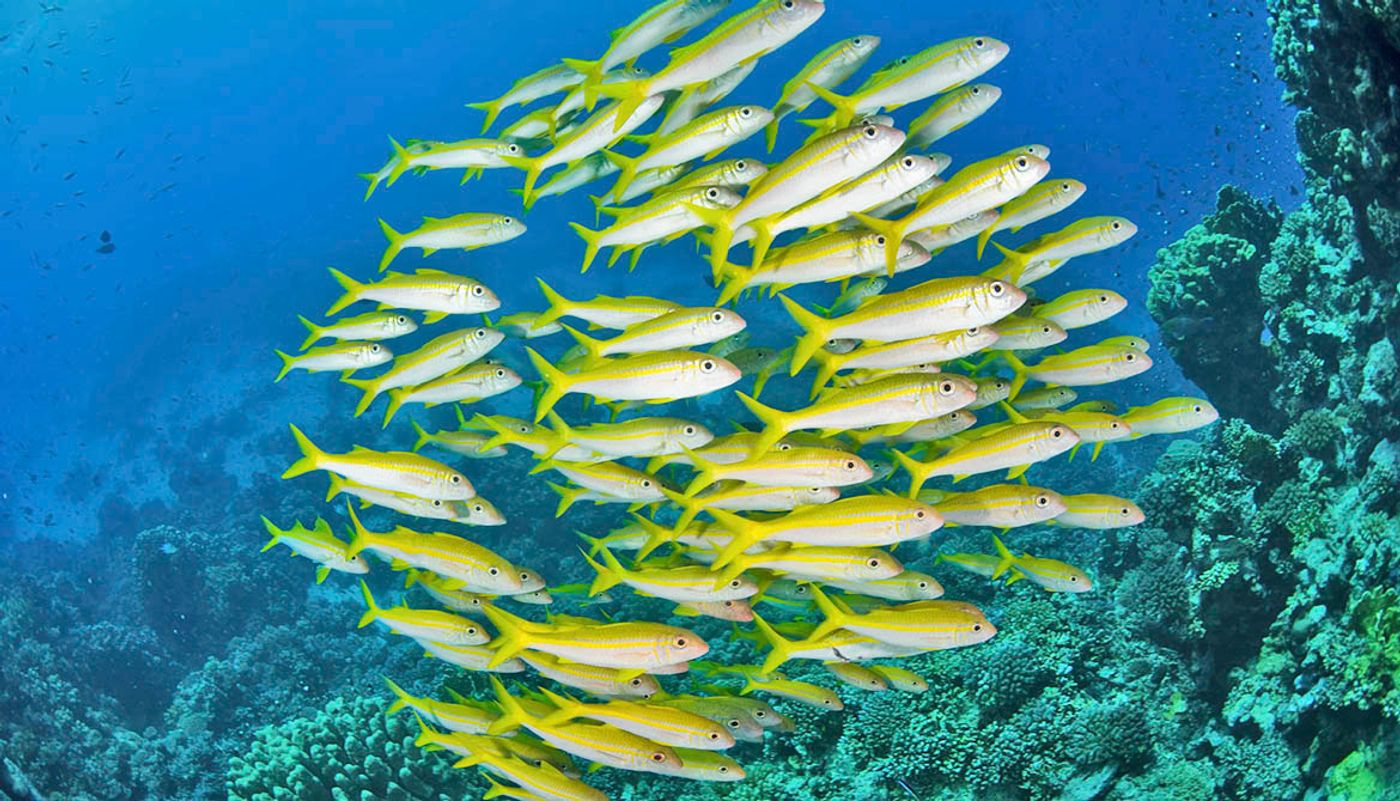Fish and birds, when moving in groups, use two “gears”—one slow and another fast—in ways that conserve energy. Scientists made the discovery using a technique that mimics infinitely large schools or flocks within the confines of a New York City laboratory.
“Some beautiful physics is at work in schools and flocks, with each individual creating a wave in the fluid while also ‘surfing’ on the wave left by its upstream neighbor,” says Leif Ristroph, an assistant professor in NYU’s Courant Institute of Mathematical Sciences, who led the study.

Ristroph and colleagues created a robotic “school” in which the swimmers are 3D-printed plastic wings that flap and swim around a water tank. They say the tricky part was having the wings swim in circular orbits, similar to the whirling blades of a fan or helicopter, so that each moves within the flow generated by all in their previous orbits.
By moving in a circular motion, thus establishing and responding to its own wake, a small set of wings can mimic an infinitely long array.
They found that while a lone swimmer moves at a well-defined swimming speed, larger groups take one of two speeds.
In “first gear,” each swimmer traces out the same path through the fluid and goes with the flow created by its upstream neighbor, and the school as a whole swims slowly. “Second gear” is a fast mode in which each individual flaps counter to its neighbor and against the flow it encounters.
The researchers then conducted computer simulations in an attempt to understand more about these distinct speeds. Their results, published in
Nature Communications, show that the slower first mode saves on the energy required to swim—and therefore would be ideal for cruising or migrating—while the faster second gear burns more energy, but would be advantageous for fast escapes from predators.
The team sees its findings as applicable to the aerodynamics of bird flocks, with air replacing water as the flows to be navigated.
The results also yield a greater understanding of the principles of water and air flow—knowledge that could be harnessed by boats and planes to more efficiently capture energy from ocean waves or atmospheric turbulence.
Grants from the Department of Energy, the National Science Foundation, and the Institute for Complex Adaptive Matter supported the work.
Source:
New York University
This article was origianlly published on
futurity.org.









